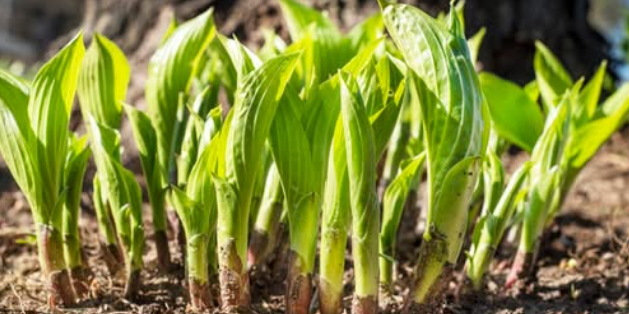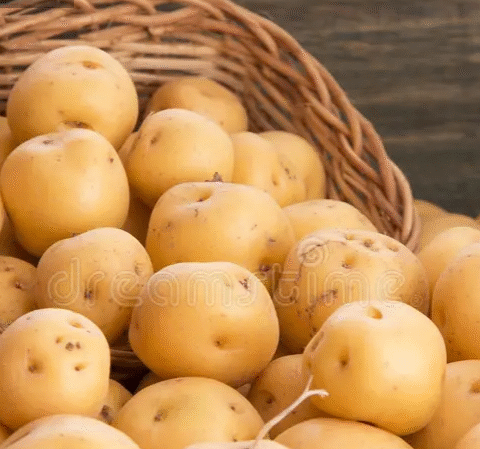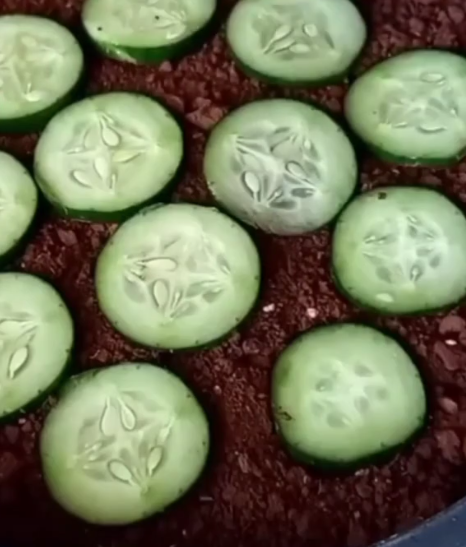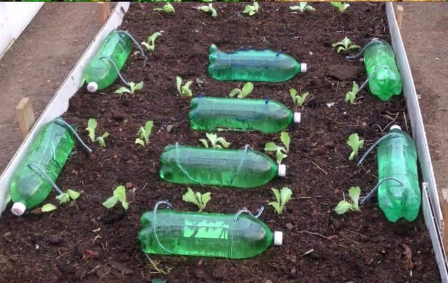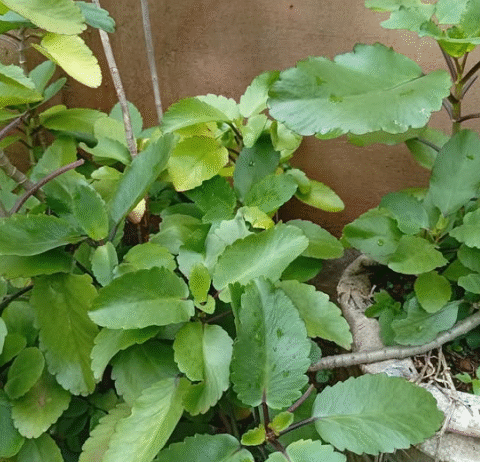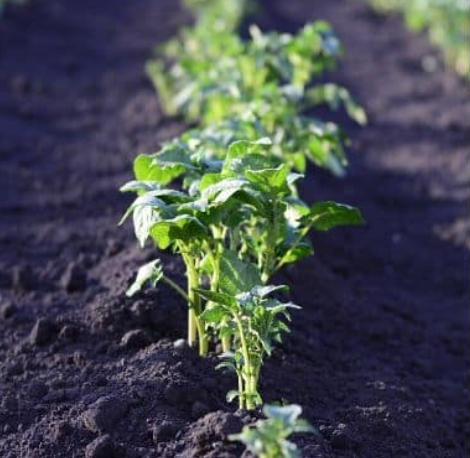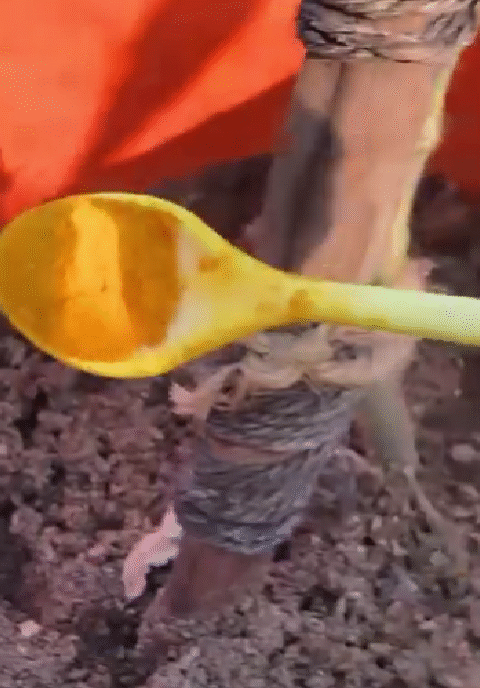Hostas: The Edible Garden Secret You Need to Try 🌱
Hostas are widely adored as lush, ornamental garden plants. Their broad, vibrant leaves and easy maintenance make them a staple in shady landscapes worldwide. But did you know that hostas aren’t just for show?
That’s right—hostas are edible! In fact, they’ve been part of traditional cuisine in parts of Asia for centuries. In this guide, we’ll explore the culinary potential of hostas, including how to harvest them and prepare delicious dishes that highlight their unique flavor.
Are Hostas Edible?
Yes! All parts of the hosta plant are edible—including the shoots, leaves, and flowers. In Japanese cuisine, hostas are known as urui and are commonly enjoyed for their delicate taste and crisp texture.
Young hosta shoots have a flavor reminiscent of asparagus or green beans, while the leaves are similar to spinach or lettuce. The flowers, with their soft texture and mild taste, can be used as a beautiful edible garnish or in salads.
Nutritional & Health Benefits of Hostas
Although hostas haven’t been widely studied for nutrition, early analysis and traditional use suggest the following benefits:
| Component | Benefits | Typical Use |
|---|---|---|
| Fiber | Supports digestion, promotes fullness | Stir-fries, sautéed greens |
| Vitamin C | Boosts immunity, antioxidant effects | Raw leaves or shoots |
| Calcium | Bone health and nerve function | Cooked dishes |
| Antioxidants | Combats oxidative stress | Sauteed, tempura, or salads |
Hostas are naturally low in calories and rich in water content, making them a hydrating and light option for those seeking clean, plant-based additions to their diet.
How to Harvest Hostas
Harvesting hostas is simple and can be done multiple times during the growing season. Here’s a breakdown of how to gather shoots, leaves, and flowers:
1. Harvesting Hosta Shoots 🌿
The young shoots (hostons) are the first to emerge in early spring and are considered the most tender and flavorful part.
- Wait until the shoots are 4–6 inches tall.
- Use a clean, sharp knife to cut near the base.
- Harvest early in the morning for peak crispness.
2. Harvesting Hosta Leaves 🍃
Once the plant matures, you can begin harvesting leaves throughout the season.
- Select smaller, tender leaves for best taste.
- Cut from the outer edges, leaving some to support the plant’s growth.
- Avoid thick, older leaves—they can be tough.
3. Harvesting Hosta Flowers 🌸
The elegant flowers bloom in midsummer and are surprisingly edible!
- Choose fully opened blooms for a mild, floral flavor.
- Snip gently with scissors and rinse before use.
- Use promptly or store in the fridge for up to 24 hours.
How to Cook Hostas
Hostas can be cooked just like spinach, lettuce, or asparagus. Here are three delicious ways to use them in your kitchen:
1. Sautéed Hostas
Ingredients:
- 1 bunch young hosta shoots or leaves
- 1 tbsp olive oil or butter
- Salt and pepper to taste
- 1 clove garlic (optional)
Instructions:
- Wash hostas thoroughly and pat dry.
- Heat oil in a skillet over medium heat.
- Add garlic and sauté until fragrant (1 minute).
- Add hostas and cook for 3–5 minutes until wilted.
- Season with salt and pepper and serve warm.
2. Hosta Tempura
Ingredients:
- Young hosta leaves or shoots
- 1 cup flour
- 1 cup cold water
- 1 egg
- Vegetable oil (for frying)
- Soy sauce or dipping sauce
Instructions:
- Wash hostas and pat dry.
- In a bowl, combine flour, water, and egg for the batter.
- Heat oil to 350°F (175°C).
- Dip hostas in batter, shake off excess, and fry for 2–3 minutes.
- Drain on paper towels and serve with dipping sauce.
3. Hosta Stir-Fry
Ingredients:
- Hosta leaves
- Mixed vegetables (e.g., bell peppers, carrots)
- Soy sauce
- Ginger and garlic
- Sesame oil or olive oil
Instructions:
- Wash and chop hostas and vegetables.
- Heat oil in a wok or skillet over high heat.
- Stir-fry garlic and ginger for 1 minute.
- Add veggies and hostas; stir-fry until tender.
- Add soy sauce, toss, and serve over rice or noodles.
Precautions When Eating Hostas ⚠️
- Only eat organically grown hostas. Avoid plants treated with pesticides or herbicides.
- Start small. If you’ve never eaten hostas before, try a small portion to check for allergies or sensitivity.
- Avoid mature leaves. Older leaves may be bitter or fibrous.
Expert Insights
Dr. Leila Nour, Botanist: “Hostas are a great example of how ornamental plants can be dual-purpose. Their mild, versatile flavor makes them suitable for many recipes.”
Chef Hiro Tanaka, Traditional Japanese Cuisine Specialist: “In Japan, we’ve used hosta shoots as a spring delicacy for centuries. Light blanching or tempura brings out their best qualities.”
10 Frequently Asked Questions (FAQs) About Edible Hostas
- Are all hosta varieties edible? Yes, all hostas are technically edible, though some taste better than others.
- What do hostas taste like? Young shoots taste like asparagus; leaves resemble spinach or lettuce.
- Can I eat hostas raw? Tender leaves can be eaten raw in small quantities, but cooking enhances flavor and digestibility.
- Is it safe to eat hostas from my garden? Only if you haven’t used pesticides or synthetic fertilizers.
- How often can I harvest hostas? You can harvest throughout the growing season as long as you leave enough foliage for regrowth.
- Can hosta flowers be eaten? Yes, they are mild and make excellent garnishes or additions to salads.
- Do cooked hostas retain their nutrients? Light cooking preserves most nutrients, just like with other leafy greens.
- Can children eat hostas? Yes, if prepared properly and free from chemicals.
- Do hostas have any toxic lookalikes? Not typically, but always verify plant identity before eating.
- Where can I find hosta recipes? Check out AllRecipes for ideas or explore Japanese recipe sites using “urui.”
Final Thoughts: From Garden to Table
Hostas are more than just pretty garden décor—they’re a versatile, delicious, and nutritious addition to your kitchen. With a flavor that straddles the line between asparagus and lettuce, this edible ornamental deserves a spot on your plate as well as in your flower bed.
Whether you sauté, fry, or stir-fry them, hostas offer a fresh culinary experience hiding in plain sight. Try harvesting your own hostas this season and elevate your meals with nature’s hidden bounty. 🌿
